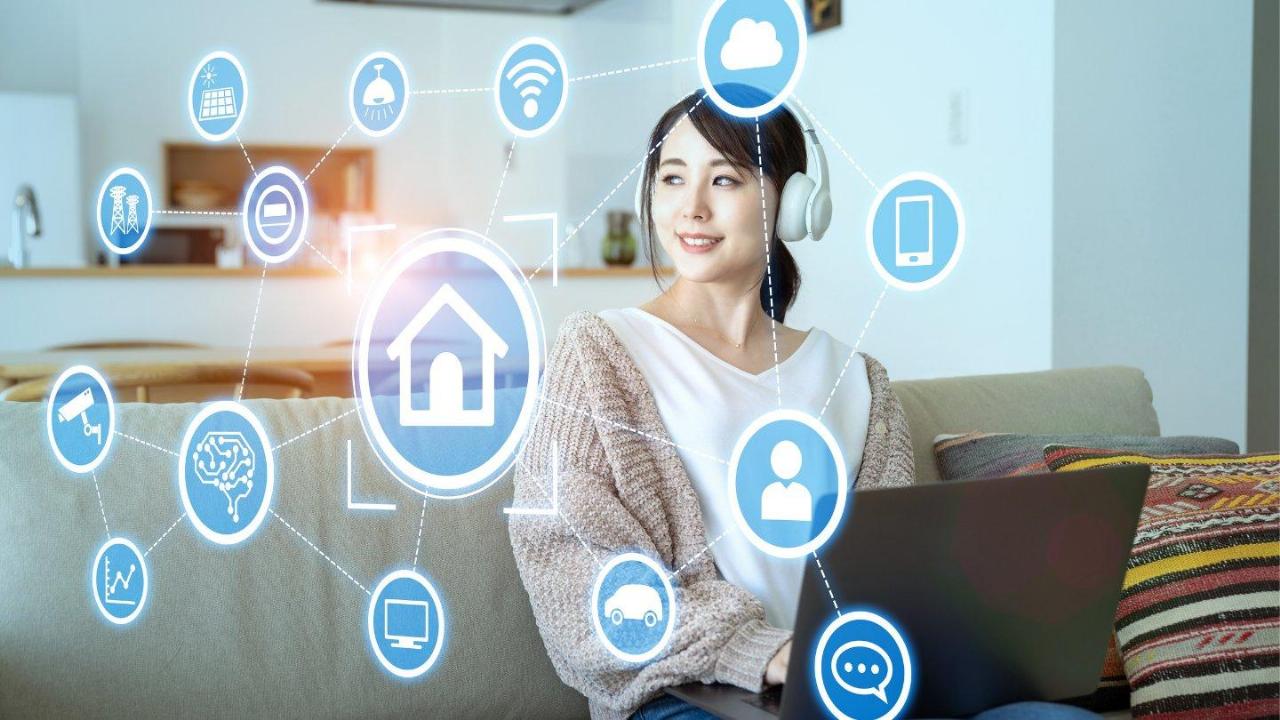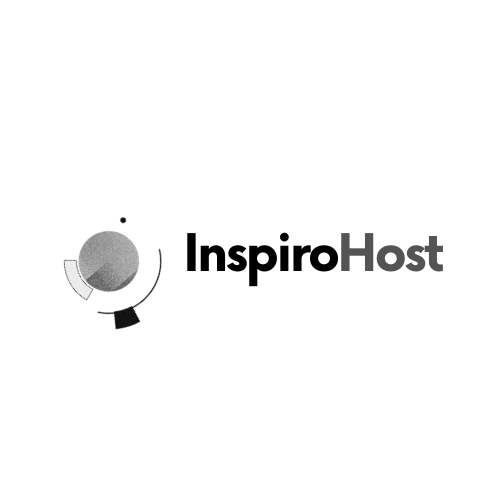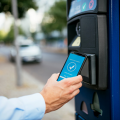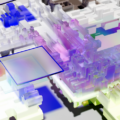As technology continues to transform our daily lives, innovative home automation solutions are reshaping how we approach eldercare. With nearly 90% of elderly individuals preferring to age in their current residences rather than move to care facilities, smart home technologies are becoming essential tools for maintaining independence while ensuring safety. These technological advances offer promising solutions for families, caregivers, and seniors themselves who wish to preserve autonomy without compromising care quality.
Smart Home Fundamentals for Senior Living
The foundation of effective aging-in-place technology begins with creating an intuitive and accessible smart home environment. Casa Idea and similar forward-thinking companies are developing comprehensive systems that transform traditional homes into supportive living spaces for aging adults. These smart home ecosystems typically feature centralized control hubs that manage multiple devices and sensors throughout the home, creating a seamless experience that adapts to the unique needs of older adults.
Voice-activated control systems for mobility-challenged seniors
Voice-activated assistants like Amazon Alexa and Google Home have revolutionized how mobility-challenged seniors interact with their living environments. These systems allow users to control lighting, temperature, entertainment systems, and even make emergency calls using simple voice commands. For individuals with arthritis, limited mobility, or visual impairments, this hands-free control eliminates the need to navigate traditional switches or small buttons on devices. Studies show that after implementing voice control systems, seniors report significant improvements in their sense of independence and security.
Integrated monitoring platforms for family caregivers
Modern caregiving extends beyond physical presence through integrated monitoring platforms that connect family members with their aging loved ones. These systems provide real-time updates on daily activities, health metrics, and home security through smartphone applications. Family caregivers can remotely check if medication has been taken, doors are secure, or if unusual activity patterns might indicate a problem. This constant connection provides peace of mind for family members while respecting the independence of seniors. The technology creates a supportive network that maintains dignity while ensuring safety, with alerts only triggering when genuine concerns arise.
Safety Enhancements Through Automation
Safety remains the primary concern for older adults living independently. Home automation technologies have evolved to address specific risks associated with aging, creating protective environments that maintain independence while minimizing dangers.
Fall detection and emergency response integration
Falls represent one of the most serious health risks for seniors, with studies indicating they are the leading cause of injury for those 65 and older. Advanced fall detection systems now integrate with home automation networks to provide immediate response when accidents occur. These systems utilize a combination of wearable devices and strategically placed sensors throughout the home to detect unusual movements or impacts. When a fall is detected, the system can automatically alert emergency services or designated family members, significantly reducing response time in critical situations. The technology has evolved to minimize false alarms while ensuring genuine emergencies receive prompt attention.
Medication management and reminder systems
Medication adherence becomes increasingly complex as individuals age and often manage multiple prescriptions. Smart pill dispensers and medication management systems now offer automated solutions to this challenge. These devices can be programmed to dispense the correct medications at scheduled times, provide audible or visual reminders, and track whether medications have been taken. More advanced systems even notify caregivers if doses are missed, allowing for timely intervention. This technology helps prevent dangerous medication errors while supporting independence in daily health management.

Daily Living Assistance Technologies
Beyond safety considerations, home automation technologies are enhancing quality of life by simplifying everyday tasks that may become challenging with age. These innovations help seniors maintain their preferred routines while accommodating changing abilities.
Automated meal preparation and nutrition tracking
Nutrition often suffers as meal preparation becomes more difficult for aging individuals. Smart kitchen technologies now offer solutions ranging from simplified cooking appliances to comprehensive meal management systems. Automated cooking devices can be pre-programmed with favorite recipes, requiring minimal physical effort to prepare balanced meals. Nutrition tracking applications integrate with these systems to monitor dietary intake, ensuring seniors maintain proper nutrition. Some advanced systems even generate shopping lists based on nutritional needs and can coordinate with grocery delivery services, creating a comprehensive solution for independent meal management.
Smart appliances designed for aging users
Household appliances are being reimagined with aging users in mind, incorporating features that accommodate changing physical abilities. Washing machines with simplified controls, refrigerators that track food freshness, and ovens with automatic shut-off features provide both convenience and safety. These smart appliances often connect to central home systems, allowing for remote monitoring and assistance when needed. The integration of these devices creates a supportive environment that adapts to changing needs while maintaining independence in daily household management.
Health Monitoring Innovations
Continuous health monitoring represents one of the most significant advantages of home automation for aging adults. These technologies provide valuable data for both preventive care and management of chronic conditions.
Remote vital sign tracking and medical alerts
Advances in sensor technology have made it possible to monitor vital health metrics without intrusive medical equipment. Discreet sensors embedded in furniture, flooring, or wearable devices can track heart rate, respiratory patterns, blood pressure, and even blood glucose levels in some cases. This data is analyzed to establish baseline patterns for each individual, with alerts generated when concerning deviations occur. The technology enables early intervention for health issues while reducing the need for frequent clinical visits. Healthcare providers can access this information remotely, allowing for more personalized and responsive care plans based on real-world data.
Sleep pattern analysis and environmental optimization
Quality sleep becomes increasingly important yet often more elusive with age. Smart home systems now incorporate sleep monitoring capabilities that analyze rest patterns and environmental factors affecting sleep quality. These systems can automatically adjust room temperature, lighting, and sound based on individual preferences and sleep cycle data. When sleep disturbances are detected, the technology can suggest interventions or alert caregivers to potential health concerns. This comprehensive approach to sleep management contributes significantly to overall wellbeing and cognitive function.
Social Connection and Cognitive Support
Technology is addressing not only physical needs but also the social and cognitive aspects of aging. These innovations help combat isolation while supporting mental sharpness.
Virtual companion systems and simplified communication tools
Social isolation presents serious health risks for aging individuals, particularly those living alone. Virtual companion systems and simplified communication platforms are making it easier to maintain meaningful connections. Video calling interfaces designed specifically for older adults feature large controls, automatic answering options, and integration with home automation systems. Some homes now incorporate robotic companions that provide both practical assistance and social interaction through conversation and engagement activities. Research indicates these technologies contribute to improved emotional wellbeing and reduced feelings of loneliness among users.
Memory assistance and cognitive stimulation applications
Cognitive health support has become increasingly sophisticated through applications designed to assist with memory challenges and provide mental stimulation. These systems range from simple reminder applications to comprehensive cognitive training programs that adapt to individual abilities and interests. Digital photo frames that display family images with identifying information, location-based reminders that activate when entering specific rooms, and interactive games designed to maintain cognitive skills all contribute to mental wellbeing. These technologies help preserve independence by supporting areas of cognition that may become challenging with age.
Implementation Strategies and Cost Considerations
While the benefits of home automation for aging in place are clear, practical implementation requires careful planning and consideration of financial factors.
Scalable solutions for various budget levels
Home automation technologies are increasingly available at various price points, making aging-in-place solutions more accessible. Implementation can begin with fundamental systems addressing specific needs, such as medication management or fall detection, and expand over time as needs change or budgets allow. Many products now offer subscription models rather than large upfront investments, making advanced technology more financially manageable. When compared with the annual cost of nursing home care, which averages around $105,000 for a private room, or the median monthly salary of $4,500 for full-time in-home care professionals, even comprehensive home automation systems represent a cost-effective alternative for many families.
Insurance coverage and assistance programs for home automation
Financial support for home automation technologies is expanding as their health benefits become more recognized. Some private insurance plans now cover specific home modification technologies when prescribed as part of a care plan. Medicare Advantage plans have begun including coverage for certain smart home devices that support specific health conditions or reduce fall risks. Additionally, state-level assistance programs, veterans benefits, and nonprofit organizations offer grants and subsidies for home modifications that support aging in place. As research continues to demonstrate the healthcare cost savings associated with these technologies, coverage options are expected to expand further, making these solutions accessible to more seniors across various income levels.





